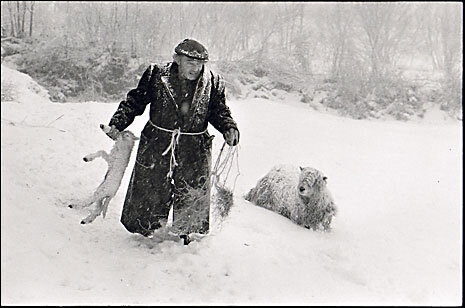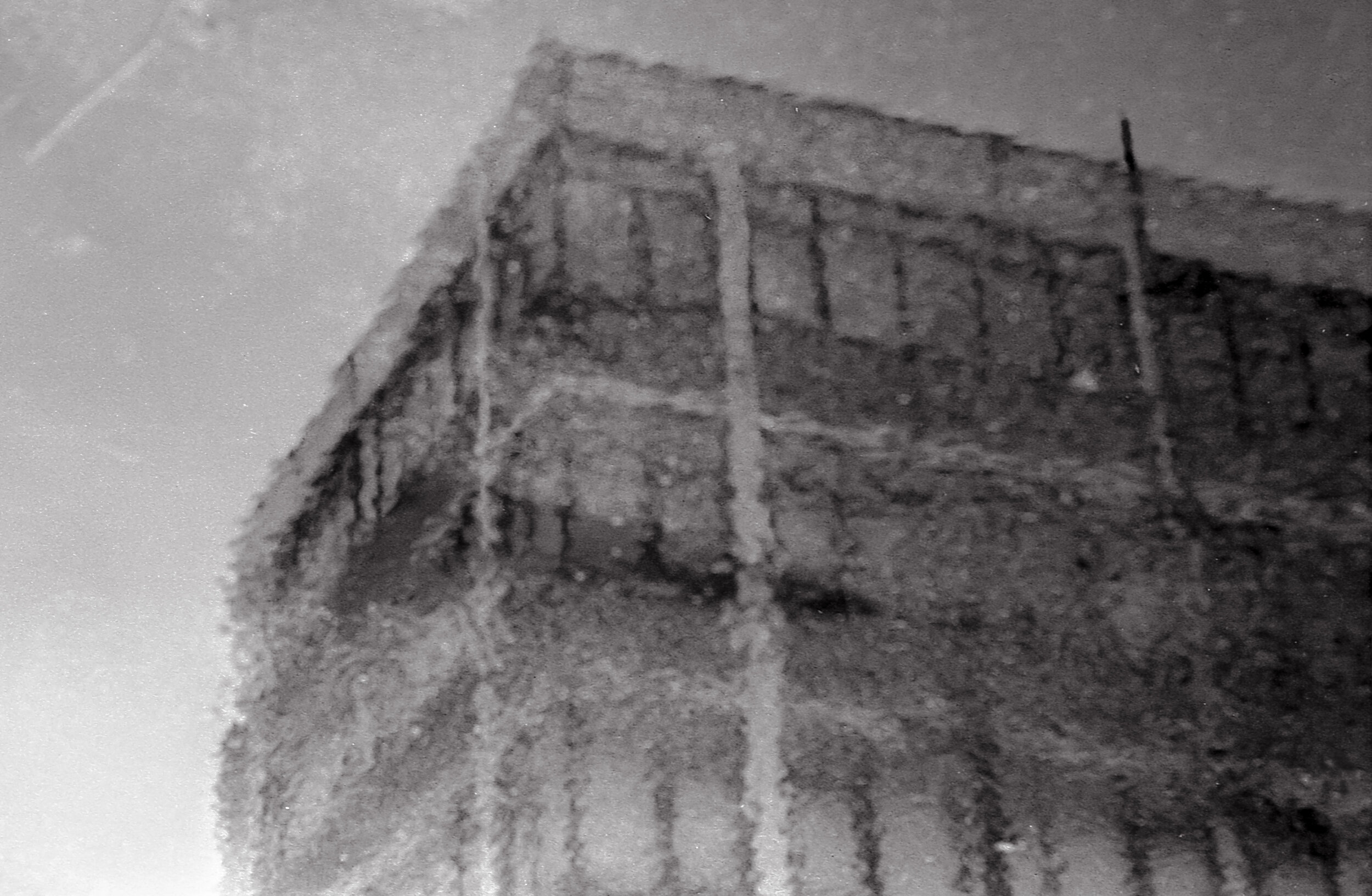Derek Jarman gave me some help once. It was thirty-odd years ago when I was going through a difficult patch. It wasn’t depression but more a kind of permanent disorientation. For many months I felt that I was being tossed about on a sea of events that I couldn’t control and every day seemed to be an insurmountable challenge. I knew I had to deal with it and one of the ways I set about it was to find some books by people who had dealt with their own challenges. One was The Naked Civil Servant by Quentin Crisp; another was Death Plus Ten Years by Roger Cooper. Then there was a volume of Derek Jarman’s diaries: amusing, quixotic at times, wry, original and very humane. All of this reading helped and eventually my mental state righted itself but Jarman’s voice floated around in my brain for quite some time afterwards as a kind of tone that I might emulate. Then a few years ago I tried to take a look at his garden down near Dungeness but it was in private hands and public visits were discouraged**. So I knew the chance to take a closer look at Manchester Art Gallery’s exhibition*: Derek Jarman Protest! was not to be missed (though I can’t help feeling the Gallery has missed a colon or dash out of that title).
If, before this exhibition, you had asked me who Derek Jarman was I’d have said he was a film-maker and writer. I had no idea of the sheer range of his work nor of the talents he had revealed right from his schooldays. He was indeed a film-maker and writer but also a set designer, a producer of music videos, a painter, collagist, gardener and occasional performer. The exhibition contains plentiful examples of all of this work and does a good job of packaging it into chunks and periods as of course it should, and analysing it and commenting on it. But in the end he seems to be a bit uncontainable.
As I wandered round the exhibition I was musing on this fecundity and a sudden thought lodged itself. I mean, look at these works below:
Landscape 1991
Ich grete thee with songe.1987.
Dream of the rood. 1989.
Dead man’s eyes. 1987.
I thought of the Sickert exhibition (see last month’s blog) and it suddenly seemed very flat. Then I looked around me and thought: “Mmmmm….this is of an entirely different order.” The shapes, the colours, the depth, the abstraction kept nudging me and then I had it: he wasn’t an artist, he was a shaman - a charismatic individual, an ecstatic who dreams and enters spirit worlds and brings back images, shapes and myths. That is what I seemed to be looking at - images from elsewhere. The film clips were the same as the artworks above. They were all shot through with that shamanic ecstasy and charisma. Of course, shamans can be dangerous because the world is not always ready for, or able to control, what they bring back. But their primary purpose is protective and I wondered: was his role in fact not provocative at all? Was he there to protect and prepare us for the great cultural changes that were coming?
Tilda Swinton as Queen Isabella in Edward II.
Don Giovanni: preliminary study for set design. 1968.
Untitled: statue fragments. 1982.
Nightlife -
Nightlife. 1982
Well maybe I’ve gone out on a bit of a limb there. But a shaman is typically distinguished by an early traumatic episode or illness and the curator of this exhibition makes the point that Jarman’s sexuality was severely punished when he was at school and that marked him, and his work, for life.
He’s a strong taste, there’s no doubt about it. His homosexuality is generally seen as central to all the work and doubtless that is right in its way. But when I make the effort to look beyond that, beyond themes and explanations and meanings, I find in his work a rich source of imagery which resonates strongly in me without need of explanation.
I spent almost two hours in the exhibition – which is good going for me – but, after all, you don’t come across that many shamans in Manchester. On the way out I noticed in the bookshop a volume of his sketchbooks for sale for £28. As I often repeat in this blog I have a £20 limit on any photobook but I decided to take the plunge here, excusing myself on the grounds that although there were some photos in it, it wasn’t really a photobook. I have just started browsing through it and already have a number of ideas for my own notebooks. So now Derek has helped me in my struggles for a second time.
*Derek Jarman Protest! runs at Manchester Art Gallery until 10 April – by which time I really hope they’ve sorted out the punctuation in that title.
**Thanks to a campaign by ArtFund the cottage at Dungeness is now in safe hands and plans are afoot for a public programme including residencies and small tours.
NB: HOME in Manchester is running a season of Derek Jarman’s films in the next few weeks and that is a rare chance to get to see them.
All the photos (except the Sketchbooks volume) taken by me on an iphone. So far as I am aware copyright in the original works lies variously with the Estate of Derek Jarman, the Keith Collins Will Trust and the Amanda Wilkinson Gallery.



































































